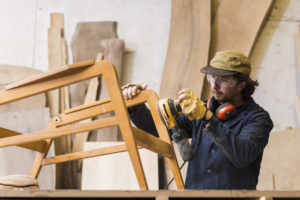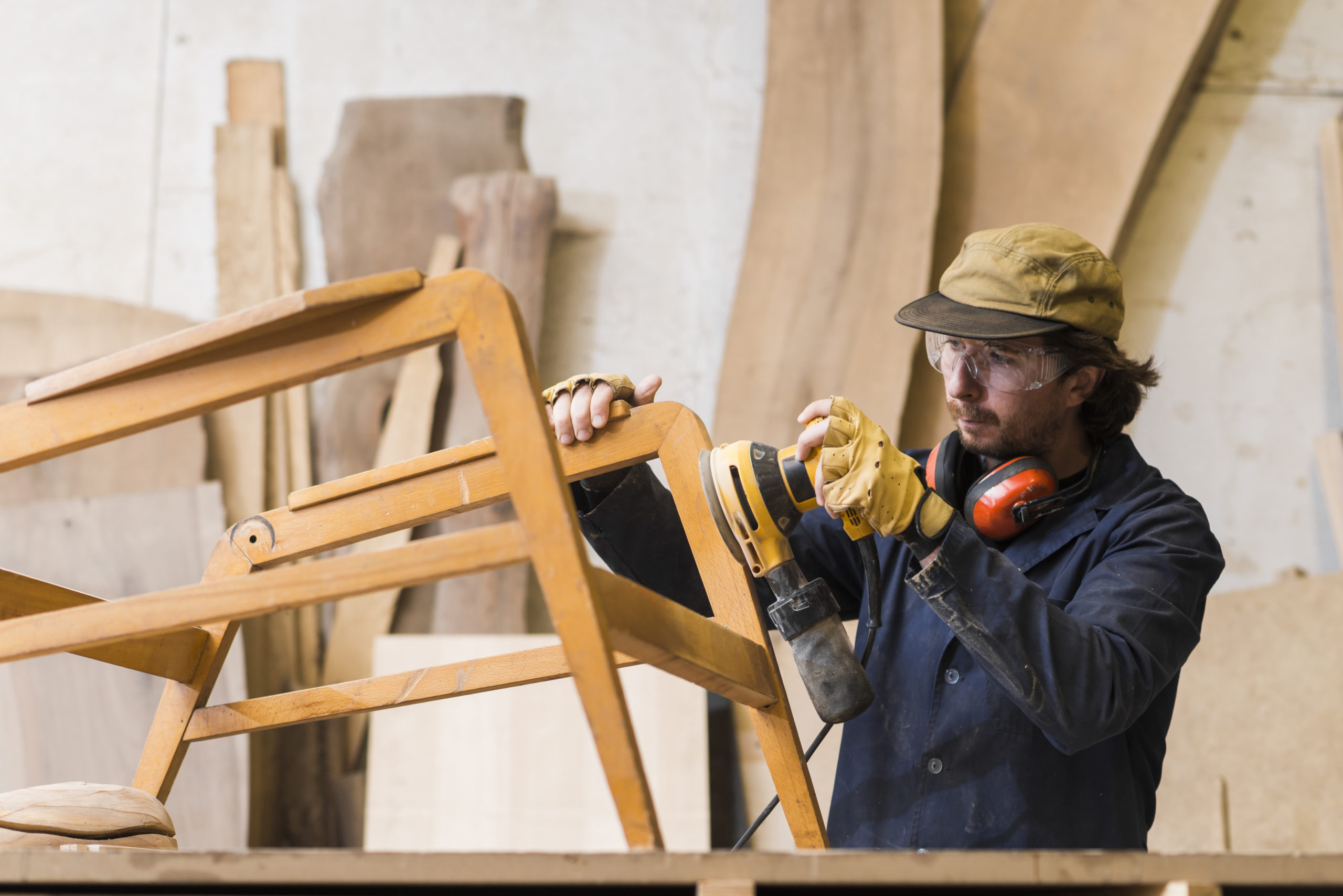Introduction:
Dubai’s rich history and cultural heritage include a substantial amount of carpentry and woodworking. The
intricate traditional work and magnificent wood-built structures showcase the talent and creativity of the
craftspeople who fashioned the city’s surroundings. We shall explore the fascinating development and continuing heritage of carpentry and woodworking in Dubai in this blog.

Early Influences:
Dubai’s early carpentry and woodworking practices were influenced by the region's geographical location and its connection to trade routes. As a hub for maritime trade, the city was exposed to diverse cultures, including Arab,
Persian, Indian, and African influences. These cultural exchanges infused the local carpentry traditions with a
unique blend of styles and techniques. Skilled craftsmen mastered the art of carving intricate patterns, creating
wooden screens (mashrabiya), and constructing sturdy wooden houses and boats.
Traditional Architecture:
Traditional Emirati architecture relied heavily on woodworking skills to create stunning structures that could
withstand the harsh desert environment. Palm fronds, coral stone, and wooden beams were utilized in the
construction of wind towers (barjeels), mosques, and forts. The intricate lattice-like designs of the mashrabiya
windows provided shade and privacy while allowing ventilation. Woodworking techniques were passed down
through generations, ensuring the preservation of these architectural treasures.
Evolution and Modernization:
With the arrival of modern construction materials and techniques, traditional woodworking practices in Dubai
experienced a shift. While some artisans continued to maintain the traditional methods, others embraced new
technologies and tools. The demand for ornate wooden furniture, doors, and decorative elements persisted, but
contemporary designs and materials were incorporated to meet evolving tastes. Today, Dubai boasts a blend of
traditional craftsmanship and modern woodworking techniques, reflecting the city’s cosmopolitan character.
Revival of Traditional Crafts:
In recent years, there has been a resurgence of interest in traditional carpentry and woodworking in Dubai. Efforts
to preserve and revive traditional crafts have gained momentum, with initiatives promoting apprenticeships and
workshops for aspiring craftsmen. Designers and architects are incorporating traditional elements into modern
buildings, celebrating the city’s cultural heritage. Artisans specializing in traditional woodworking techniques are
also gaining recognition for their intricate craftsmanship, contributing to Dubai’s growing art and design scene.
Conclusion:
Dubai’s cultural character has been irrevocably influenced by carpentry and woodworking. Best Joinery In Dubai,The history of carpentry in Dubai bears witness to the citys rich legacy, from the age-old workmanship of constructions made of palm fronds to the elaborate woodwork of traditional homes and mosques. The resurgence of traditional crafts guarantees the survival of the woodworking tradition in this contemporary metropolis.

